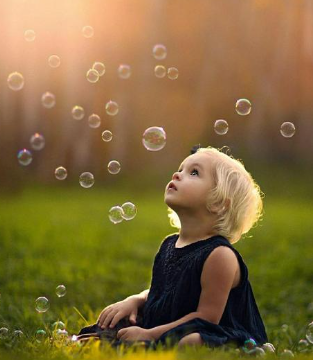How to choose educational toys for children with autism
Children with autism have unique behavioral patterns and perceptual characteristics. They may be excessively sensitive or insensitive to certain sounds, textures, or colors. They might also face challenges in social interaction and communication expression. For these children, toys are not just tools for play; they are bridges that connect them to the world, help them learn skills, and express themselves. Choosing the right toys can assist them in developing perceptual abilities, improving social skills, and cultivating life skills. So, how should we select suitable toys for children with autism?

Children with autism typically exhibit the following characteristics: abnormal sensory processing (being overly sensitive or insensitive to sounds, touch, light, etc.), difficulties in social interaction, challenges in communication expression, repetitive behaviors and interests, and a need for predictability and a sense of order. These characteristics determine that not all toys liked by ordinary children are suitable for them.
1. Safety Comes First
Since children with autism may have an extended oral stage or a tendency to chew, it is essential to ensure that toys are non-toxic, non-breakable, and free of small parts. Also, avoid toys that emit harsh sounds or flash intense lights, as these can trigger sensory overload.
2. Consider Sensory Needs
Choose toys that provide appropriate sensory input:
- Tactile: Toys with comfortable textures and different patterns.
- Vestibular: Rhythmic movement toys such as rocking horses and swings.
- Proprioceptive: Toys that offer a sense of pressure, like weighted blankets.
3. Promote Social Interaction
Select toys that require multiple participants, such as:
- Simple board games
- Cooperative puzzles
- Role-playing toys
These toys can naturally cultivate social skills during play.
4. Develop Core Abilities
Choose toys that can help address specific developmental shortcomings based on the child’s unique needs:
- Communication skills: Picture cards, simple musical instruments.
- Fine motor skills: Bead threading, interlocking toys.
- Life skills: Toy kitchens, dressing dolls.
5. Respect the Child’s Interests
Start with the child’s existing interests and select toys with related themes. This will significantly increase their engagement.
Sensory Toys
- Sensory bins (containers filled with rice, beans, sand, etc.)
- Squeeze toys, stress balls
- Vibrating toys
- Weighted blankets
Visual Support Toys
- Colored building blocks
- Bubble tubes
- Light tables
Motor Coordination Toys
- Balance boards
- Tunnel crawl tubes
- Mini trampolines
Social Interaction Toys
- Simple tabletop games
- Role-playing sets
- Cooperative puzzles
Life Skills Toys
- Dressing dolls
- Toy kitchens
- Simulated supermarket checkout machines
Every child is unique, and you, as the caregiver, know your child best. Observe your child’s reactions during play and respect their choices and behavioral patterns. Sometimes, the simplest items (such as cardboard boxes, water bottles) can become the best toys for a child because they offer open-ended play possibilities. Most importantly, the process of play matters more than the outcome. Do not overly emphasize the “correct” way to play; instead, allow children to explore freely in a safe and accepting environment. Let us choose toys with care and accompany their growth with love, helping these “stars” find ways to connect with the world. Because every attempt and every bit of progress is worth celebrating.

 Kids Water Bottle Stickers Pack Cute Decorations for School Prizes & Gifts
Kids Water Bottle Stickers Pack Cute Decorations for School Prizes & Gifts
Kids Smart Phone for Girls Toys Learning Cell Toy Phone with Dual Camera Game Music Player
Crawling Crab Baby Toy Gifts Induction Sensory Stuff Moving Babies Crabs with Light Up Music
DIY White Gypsum Doll Painting Kit Creative Graffiti Set for Kids
Squishy Fidget Toys Liquid: Water Sensory Fidget Toys Calming